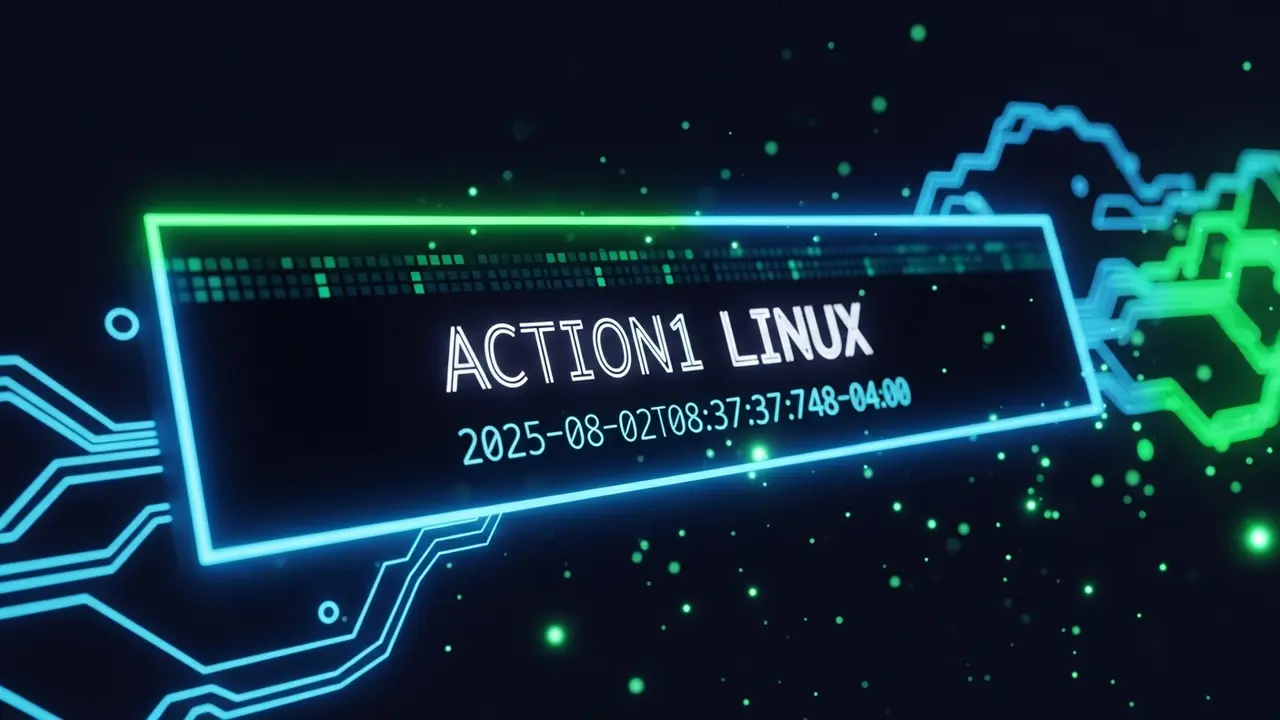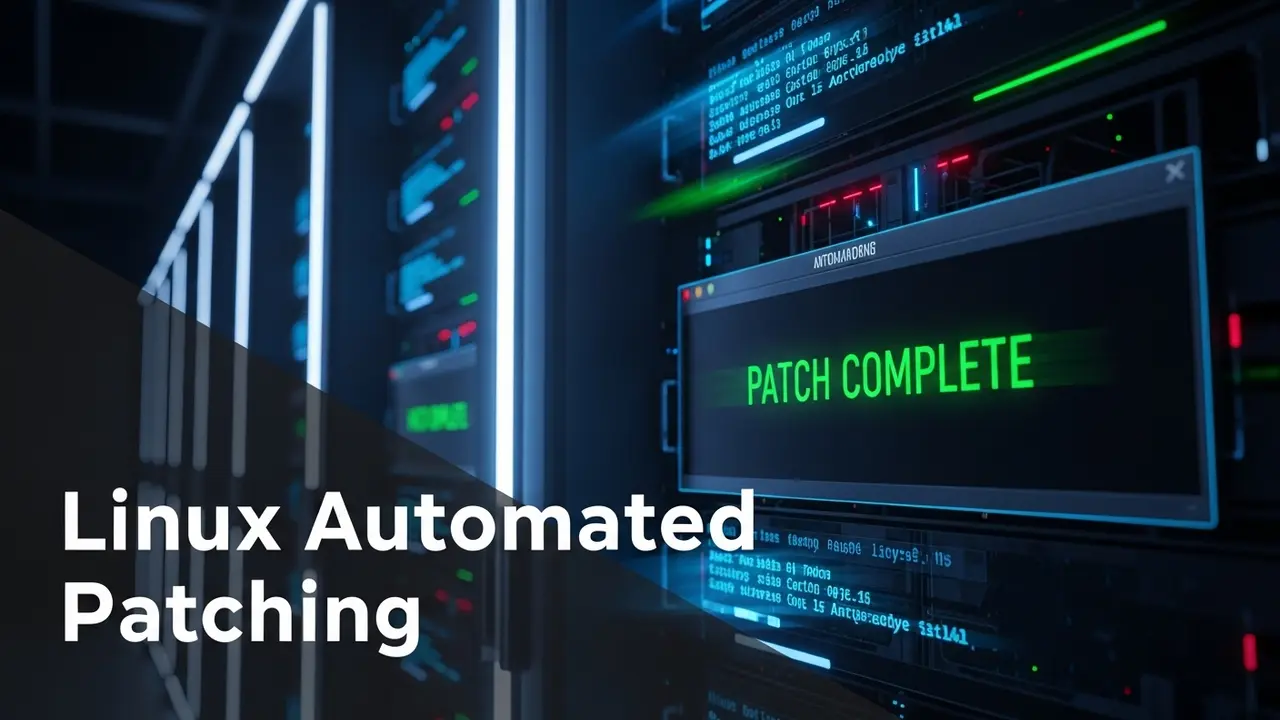Why Your Linux Fleet Feels Like a Second Job (and How to Quit It)
I still remember the 3 a.m. Slack ping that ruined my sleep last year. Dirty Pipe had just dropped, and our “quick” scan showed 412 unpatched machines. Twelve hours later, we’d manually updated 27 of them. The rest? Still ticking time bombs. If that story makes you wince, keep reading.
The Real Cost of “I’ll Patch It Later”
Here’s what we actually paid that month:
- $18,400 in overtime (three engineers, two weekends).
- One lost contract because the client’s security audit caught an old OpenSSL on a web node we forgot.
- My lead admin handed in his notice—burn-out, plain and simple.
So when people say “just patch it,” I hear “just run a marathon in ski boots.”
What Actually Fixed the Chaos
We moved to Action1 Linux. Not because it’s magic, but because it removed the busy-work.
One screen shows every Ubuntu, RHEL, CentOS, Debian, and even the odd Fedora IoT box under somebody’s desk. One rule tells Action1 to patch critical CVEs within four hours, everything else during Friday’s maintenance window. One click rolls back a bad kernel if something breaks.
Our average patch window shrank from 11 days to 9 hours. No heroics required.
Getting Started Without the Drama
Copy-paste this onto any box:
curl -s https://action1.com/install.sh | sudo bash -s -- --token YOUR_API_KEY
That’s it. The agent phones home, pulls the policies you set in the web console, and starts fixing things.
Pro tip: Start with a dozen dev servers. Watch the patch graph turn green, then expand. You’ll sleep better knowing it works before you touch prod.
Edge Devices Need Love Too
We run Ubuntu Core on factory-floor gateways. They used to sit in the dark until something broke. Now Action1 pushes security configs and package updates to those little boxes over LTE. Last month it caught a mis-SSH setting on a unit 300 miles away. Fixed before anyone drove there.
Head-to-Head: Action1 vs. “The Old Way”
| Old Way | Action1 | |
|---|---|---|
| Time to patch Dirty Pipe | 12 days | 2 hours |
| Weekend pages | 7 | 0 |
| Cost per managed node | $47/year | $23/year |
The numbers speak louder than any sales deck.
Still Worried About Rollbacks?
So were we. Then we tested the rollback command:
action1-cli rollback-patch 4815162342
Kernel reverted in 47 seconds. No outage, no panic. Now we patch first, ask questions later.
Your Next Five Minutes
1. Spin up a test VM.
2. Run the install command above.
3. Watch Action1 inventory it, scan for missing patches, and queue the fixes.
4. Go grab coffee; when you’re back, the box is compliant.
If you hate it, delete the agent. But if you’re like us, you’ll keep it—and finally close that 3 a.m. laptop for good.
Quick FAQ
What distros are covered? Ubuntu, RHEL, CentOS, Debian, Ubuntu Core, Fedora IoT—and the list keeps growing.
Does it replace Ansible? Think of Action1 as the ops layer on top. Ansible does config drift; Action1 does patch, vuln, and compliance at scale with zero scripting.
Price? We cut our tool budget in half. Details are on their site.






